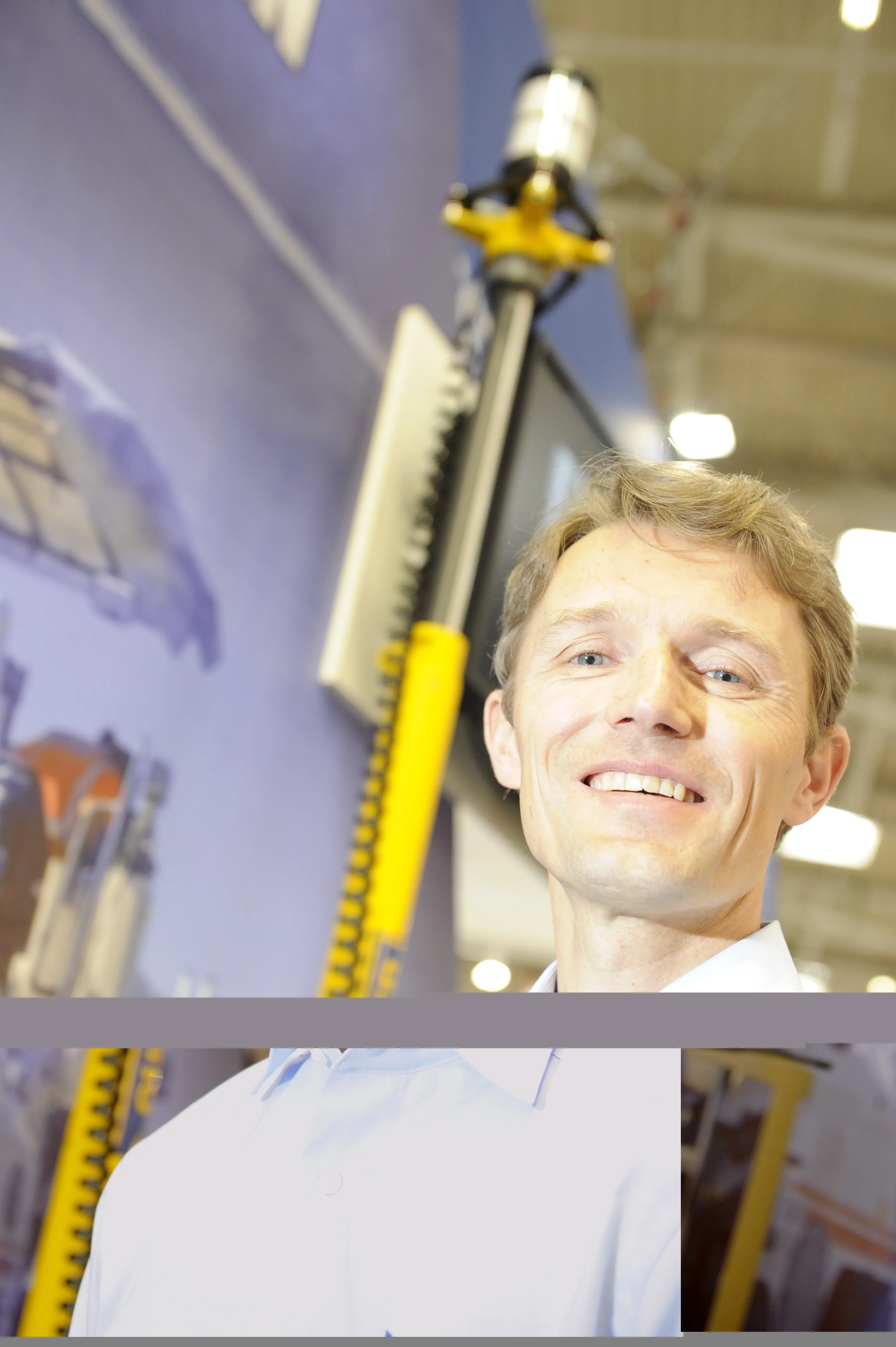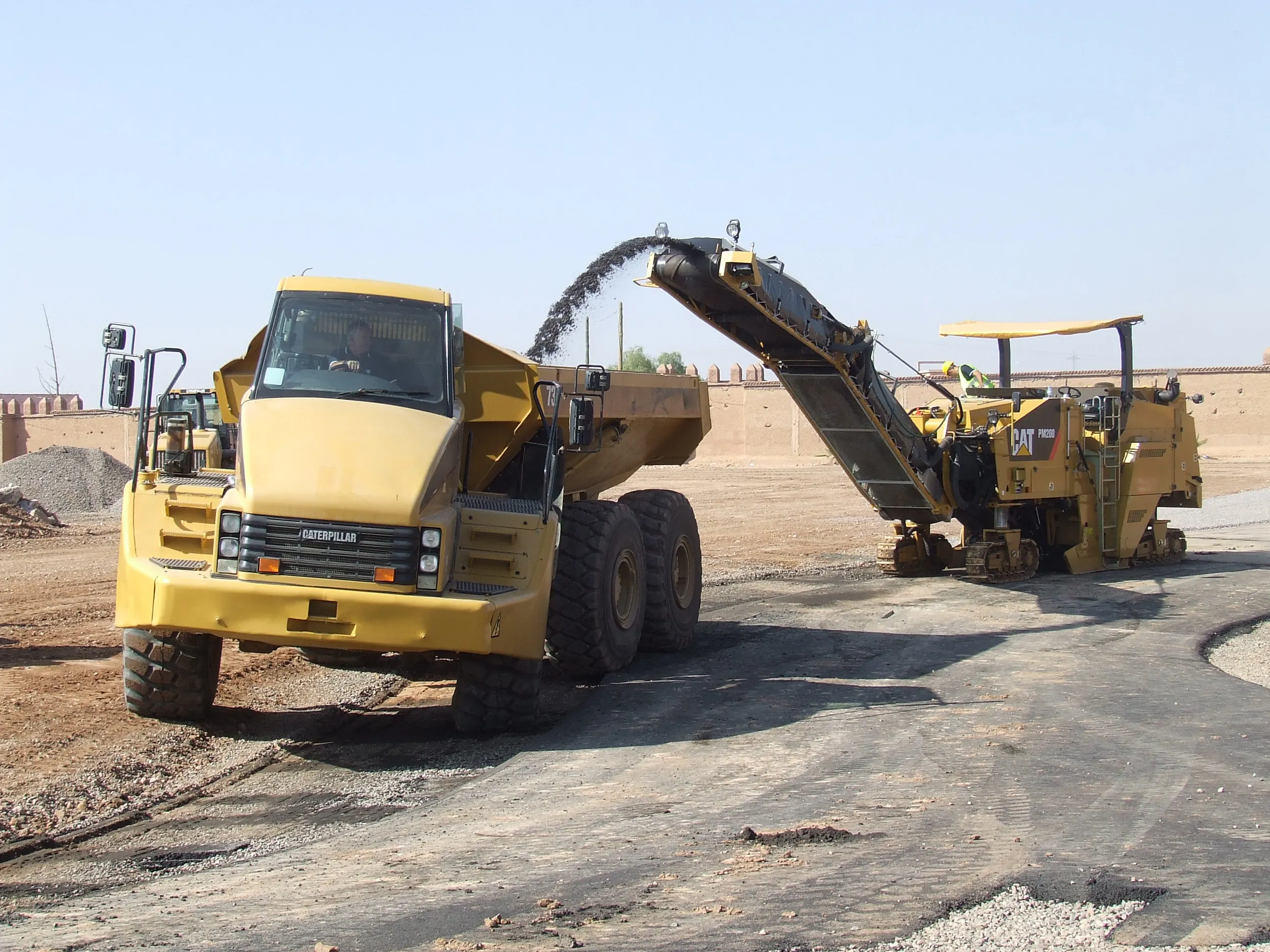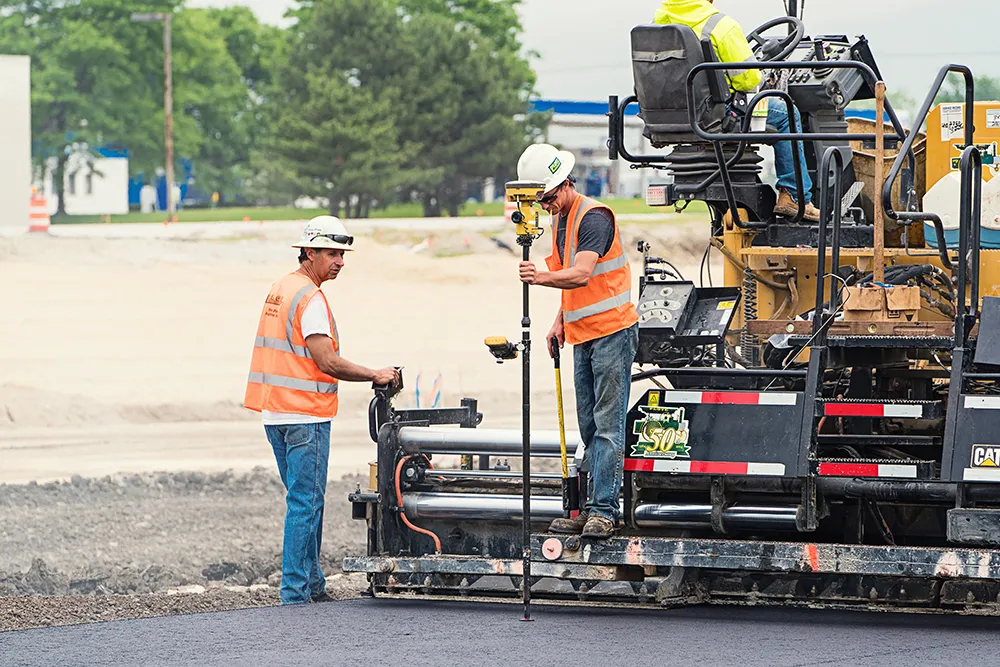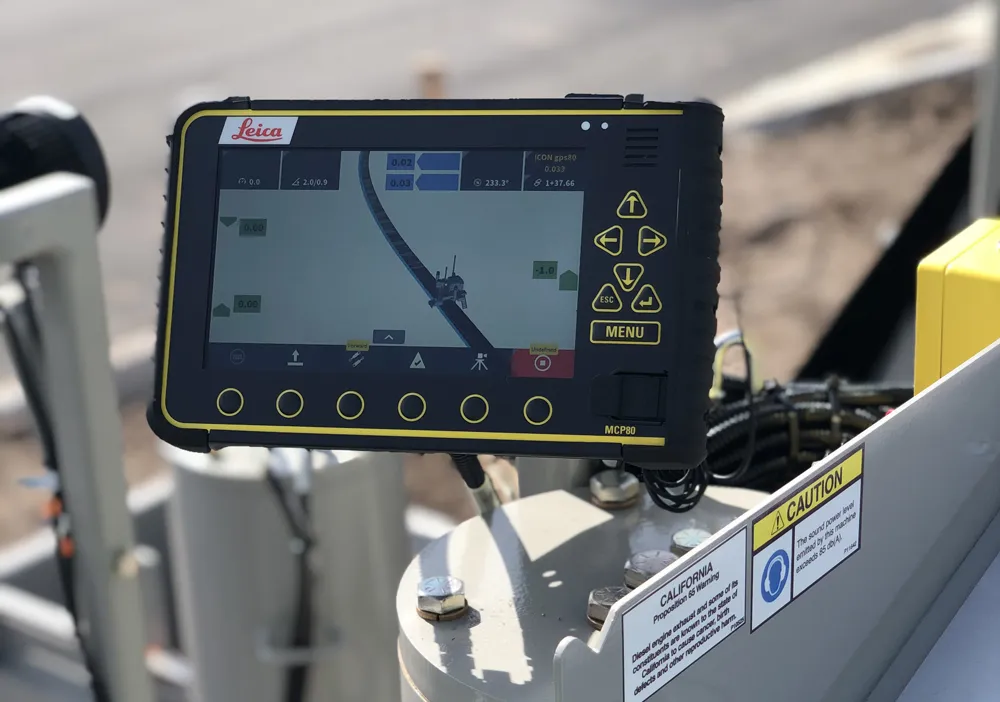Trimble’s sophisticated PCS900 machine control system can now be used on milling machines and slipform pavers, as well as featuring additional functionalities. Jeroen Snoeck, global segment manager for Trimble Navigation, said, “It used to be just for asphalt pavers but now we’re adding two more machines, mills and slipform pavers.”
April 17, 2013
Read time: 2 mins

Jeroen Snoeck, global segment manager for Trimble Navigation, said, “It used to be just for asphalt pavers but now we’re adding two more machines, mills and slipform pavers.”
Snoeck also explained that the system now features extra technology that will increase its accuracy. He said, “We’ve added a gyroscope.” This unit measures lateral movement in the three axis as well as rotational movements and provides accurate slope sensing capabilities.
For the wider concrete paving applications, for example, two gyroscope units can be fitted so as to provide accurate slope sensing from either side of the slipformer. Small and compact, the gyroscope is a tough and durable industrial unit that is also comparatively inexpensive.
Another of the additional features will help boost productivity and efficiency for contractors. Snoeck said, “The other new thing is it has a total universal station. Previously you had to change the channel when you moved from one total station to another. Now all the total stations communicate on the same radio channel and are connected.”
The advantage for long milling, asphalt paving or concrete slipforming projects is that the machine can be run continuously, without needing to reset the control unit. Snoeck said, “One contractor said he’ll save up to one-and-a-half hours/shift without needing to stop the machine for switching channels.” This feature will also help with continuity with regard to finish, a key issue with both asphalt and concrete paving operations.
The PCS900 unit is versatile and mobile and Snoeck said, “You can also move the equipment quickly from one machine to another. All the components fit into one case and you just need to move the mast and the receiver.”
Although Trimble’s rivals in the machine control market are well established in the concrete paving segment, the firm believes it can build its market share in the concrete paving sector and says that the PCS900 can work well with machines from both
Stand: A3/327
View more videosView more stories









